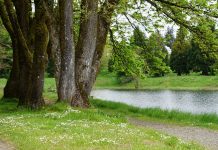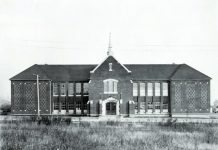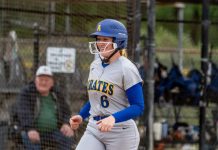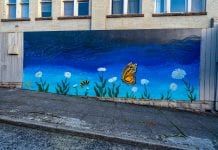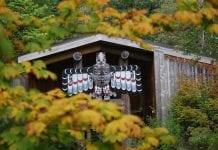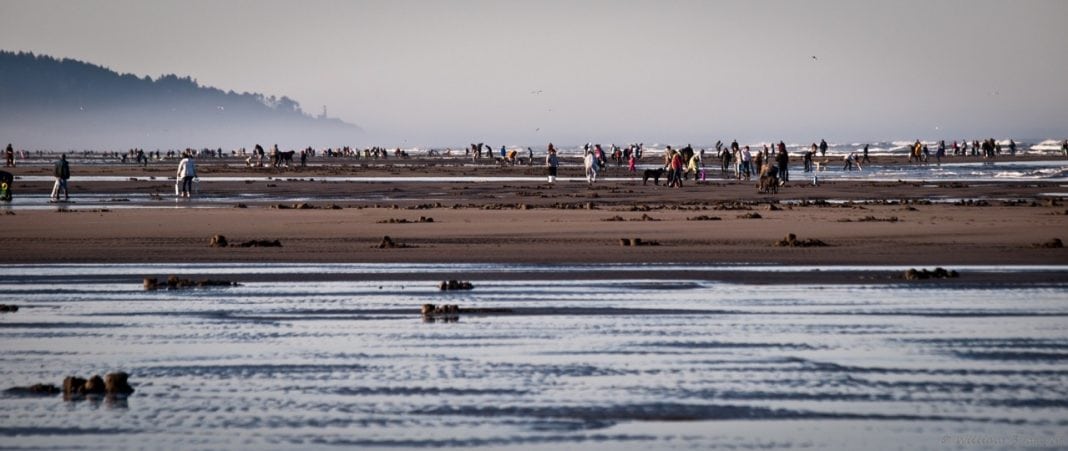Submitted by Washington Department of Fish and Wildlife
The September 16, 2020 recreational razor clam dig is proceeding on Long Beach, Twin Harbors, Copalis and Mocrocks. Please note that Copalis and Mocrocks are open on alternate days. Please be sure you are on the right beach…thanks!
Copalis includes; Ocean Shores, Oyhut, Ocean City, Copalis Beach. Mocrocks include; Iron Springs, Roosevelt Beach, Seabrook, Pacific Beach, Moclips.
Note that there are NEW SIGNS on each Copalis and Mocrocks beach approach road that identify the beach you are about to enter.
Please use these signs to ensure that you are on a beach that is open. You can do that by checking our latest news release or you can use a smart phone to scan the QR code on each sign taking you directly to the latest news release.
The confirmed opening dates are:
AM TIDES ONLY
Sept. 16, Wednesday, 6:17 am, -1.0 feet; Long Beach, Twin Harbors, Copalis
Sept. 17, Thursday, 6:58 am, -1.0 feet; Long Beach, Twin Harbors, Mocrocks
Sept. 18, Friday, 7:39 am, -0.8 feet; Long Beach, Twin Harbors, Copalis
Sept. 19, Saturday, 8:19 am, -0.3 feet; Long Beach, Twin Harbors, Mocrocks
PM TIDES ONLY
Sept. 20, Sunday, 9:43 pm, -0.8 feet; Long Beach, Twin Harbors, Copalis
Sept. 21, Monday, 10:37 pm, -0.8 feet; Long Beach, Twin Harbors, Mocrocks
Sept. 22, Tuesday, 11:37 pm, -0.3 feet; Long Beach, Twin Harbors, Copalis
RAZOR CLAM MANAGEMENT UPDATE: Our annual presentation that includes a review of the 2019-20 season and the findings from our summer 2020 Razor Clam Stock Assessment is now online. Feel free to read through it and let us know if you have any questions or comments. It can be found at: https://wdfw.wa.gov/fishing/shellfishing-regulations/razor-clams#management
MARINE TOXIN UPDATE: Listed below are the most recent marine toxin levels, as announced by the Washington Department of Health (WDOH). As you can see, these samples are all below the action level for Amnesic Shellfish Poisoning (ASP) from Domoic Acid, Paralytic Shellfish Poison (PSP) and Diarrhetic Shellfish Poison (DSP).
Recall, before a beach can be opened for the harvest of razor clams, WDOH protocol requires that all razor clam samples collected from that beach must test under the action level (20 ppm for domoic acid; 80 µg/100g for PSP; and 16 µg/100g for DSP).
Note that only razor clam meat tissue is tested.
The following are the results from the second round (on all beaches) and third round (only at Long Beach and Twin Harbors) of tests.
These samples were all collected on 9/9/2020 or 9/10/2020.
Long Beach Reserve (north):
- domoic acid = 5 ppm
- PSP = none detected
- DSP = none detected
Twin Harbors Area CL (middle):
- domoic acid = 5 ppm
- PSP = none detected
- DSP = none detected
Copalis Area XL (middle)
- domoic acid = 4 ppm
- PSP = none detected
- DSP = none detected
Mocrocks Area CP (middle)
- domoic acid = 2 ppm
- PSP = none detected
- DSP = none detected
For more information on razor clams, including how seasons are set, population sampling techniques and how to dig, clean and cook razor clams please go here.
For more information on marine toxins, see the following links:







